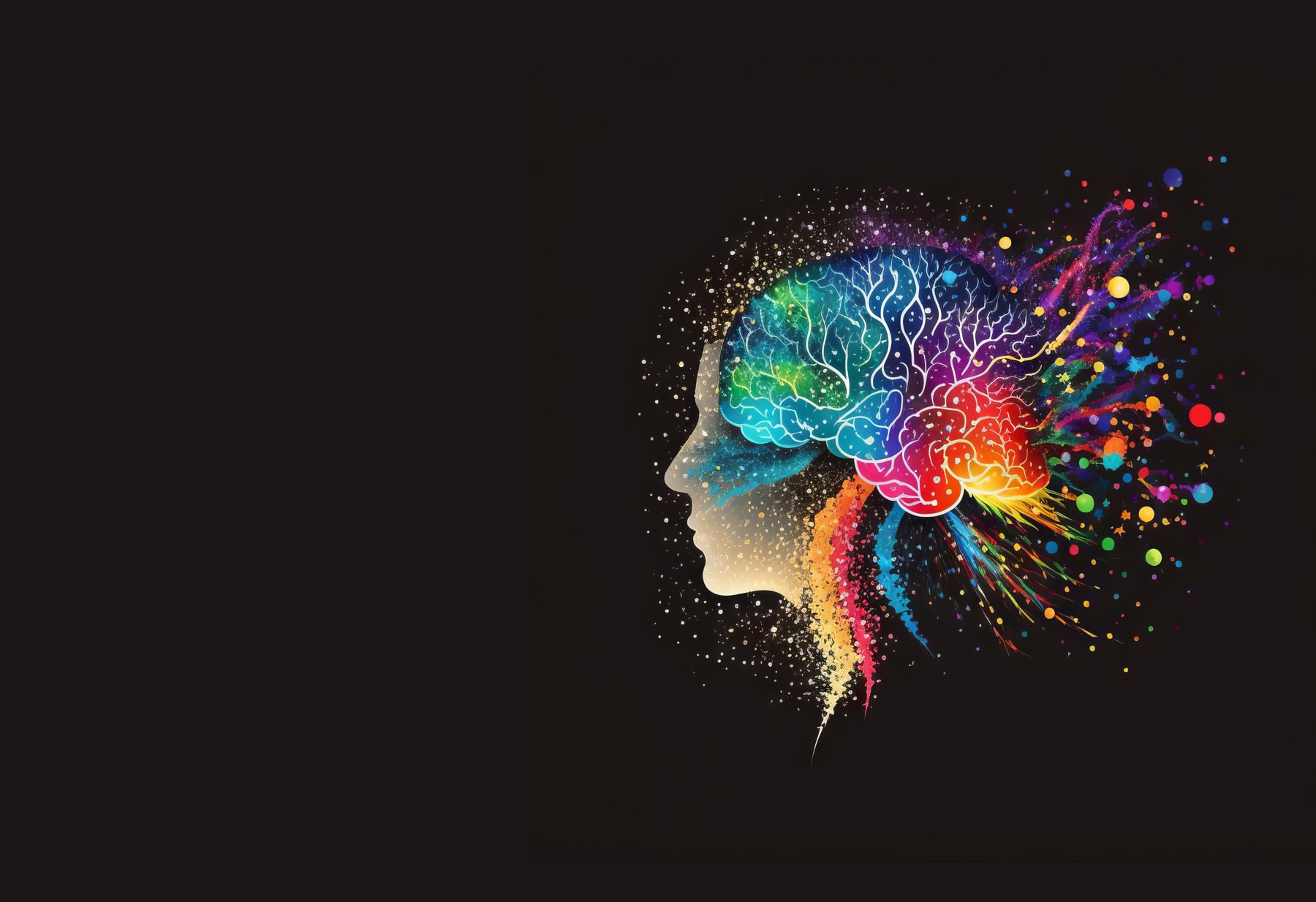Overview
A key component of pain management is physical therapy, which provides a comprehensive strategy that treats the underlying causes of pain, restores function, and improves quality of life. Physical therapy interventions cover a wide range of techniques targeted at pain reduction, mobility enhancement, and general well-being, from acute injuries to chronic diseases. This article examines the various aspects of physical therapy’s role in pain management, from diagnosing symptoms to putting evidence-based treatment plans into practice. Physical therapy is a vital component of the all-encompassing management of pain because it provides people with the information and resources they need to maximize their physical function.
Recognizing Symptoms and Pain
Pain is a complicated and diverse phenomenon that can take many different forms, from acute injuries to the musculoskeletal system to long-term ailments like fibromyalgia and arthritis. Localized discomfort, stiffness, edema, restricted range of motion, and functional impairment are some of the signs and symptoms of pain. Moreover, psychological distress, such as anxiety, depression, and a lower quality of life, is frequently experienced by those with chronic pain. It is crucial to identify these symptoms as markers of underlying dysfunction in order to create focused physical therapy solutions.
The Fundamentals of Physical Therapy
The goals of physical therapy are to improve quality of life and maximize physical function. It is based on the concepts of movement science, biomechanics, and rehabilitative medicine. Pain management, functional restoration, mobility reeducation, and patient education are important tenets of physical therapy. Physical therapists assist people in achieving their functional goals and improving their physical ability by addressing deficiencies related to strength, flexibility, balance, and coordination.
Physical therapy techniques
Interventions in physical therapy comprise a wide range of methods customized to meet the specific requirements of every person. To lessen pain and increase tissue mobility, manual therapy methods like joint mobilization, soft tissue mobilization, and therapeutic massage may be used. In order to address functional impairments, therapeutic exercise regimens are also made to target particular muscle groups and movement patterns in order to increase strength, flexibility, and endurance. To improve pain relief and support therapeutic efforts, modalities like electrical stimulation, heat therapy, cold therapy, and ultrasound may also be used.
Evidence-Based Physical Therapy’s Effectiveness
Physical therapy methods have been shown in numerous studies to be effective in lowering pain and improving function in a variety of musculoskeletal and neurological diseases. Physical therapy is consistently associated with considerable improvements in pain intensity, functional status, and quality of life for people with both acute and chronic pain, according to meta-analyses. Physical therapy has also been demonstrated to prevent disability, lower healthcare utilization, and lessen the demand for opioid drugs. It works well on a wide range of demographics, such as older persons, athletes, people with disabilities, and people recovering from surgery or trauma.
Physical Therapy’s Inclusion in Treatment Programs
It is imperative to incorporate physical therapy into all-encompassing treatment regimens in order to maximize results and encourage sustained recuperation. Interdisciplinary teams made up of doctors, physical therapists, occupational therapists, and other medical specialists collaborate in collaborative care models to provide coordinated treatment approaches that take into account the complex nature of pain. Physical therapists collaborate closely with patients to create customized therapy regimens that are tailored to their unique requirements, objectives, and preferences. Furthermore, in order to serve a variety of patient demographics and treatment situations, physical therapy can be provided in a number of locations, such as hospitals, outpatient clinics, rehabilitation facilities, and home-based care.
Preventive Physical Therapy and Promotion of Wellbeing
Apart from managing extant pain and musculoskeletal disorders, physical therapy is an essential component of preventative healthcare and wellness advocacy. Physical therapists can lower the chance of future pain and impairment by implementing measures to identify risk factors for injury and dysfunction. Workplace adjustments, injury prevention initiatives, ergonomic examinations, and instruction on appropriate body mechanics and movement patterns are a few examples of this. In addition, physical therapists encourage good lifestyle practices to maximize general health and wellbeing, such as consistent exercise, a balanced diet, effective stress management, and enough sleep.
In summary
The cornerstone of an all-encompassing approach to pain management is physical therapy, which provides evidence-based therapies to address the root causes of dysfunction, restore physical function, and enhance quality of life. Physical therapists enable people to actively participate in their recovery and achieve optimal physical health by utilizing a comprehensive strategy that incorporates manual treatment, therapeutic exercise, patient education, and preventive techniques. Physical therapy will continue to be at the forefront of pain management, assisting people in leading healthier, more active lives free from the burden of pain, as research expands our understanding of pain mechanisms and rehabilitation techniques.
